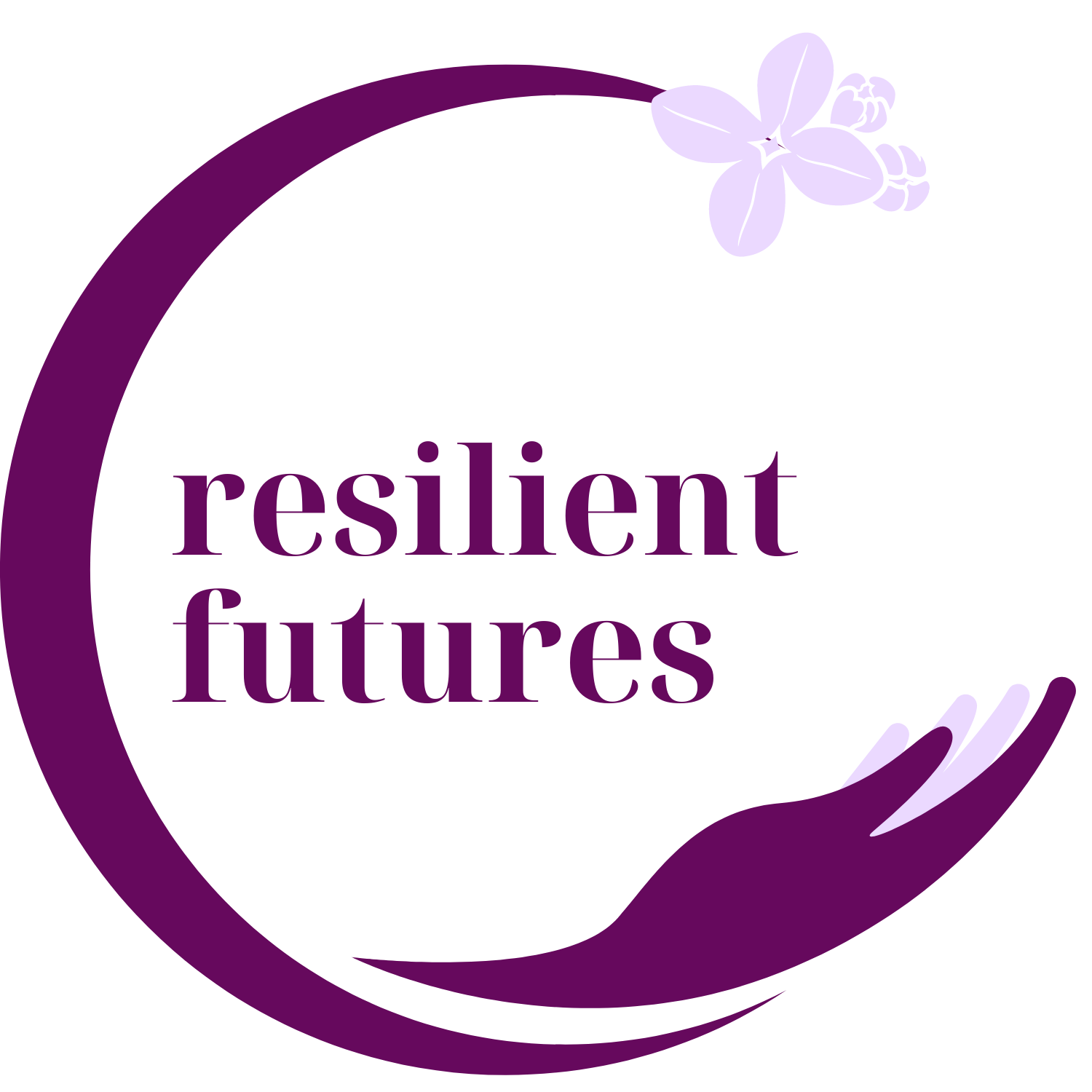The Impact of Trauma-Informed Practices in Early Childhood Education
Learn about the power of trauma-informed practices in Early Childhood education and how empowering young children with resilience-building and self-regualtory skills from an early age can have positive impact that last well into adulthood.
Sign up to read this post
Join Now
